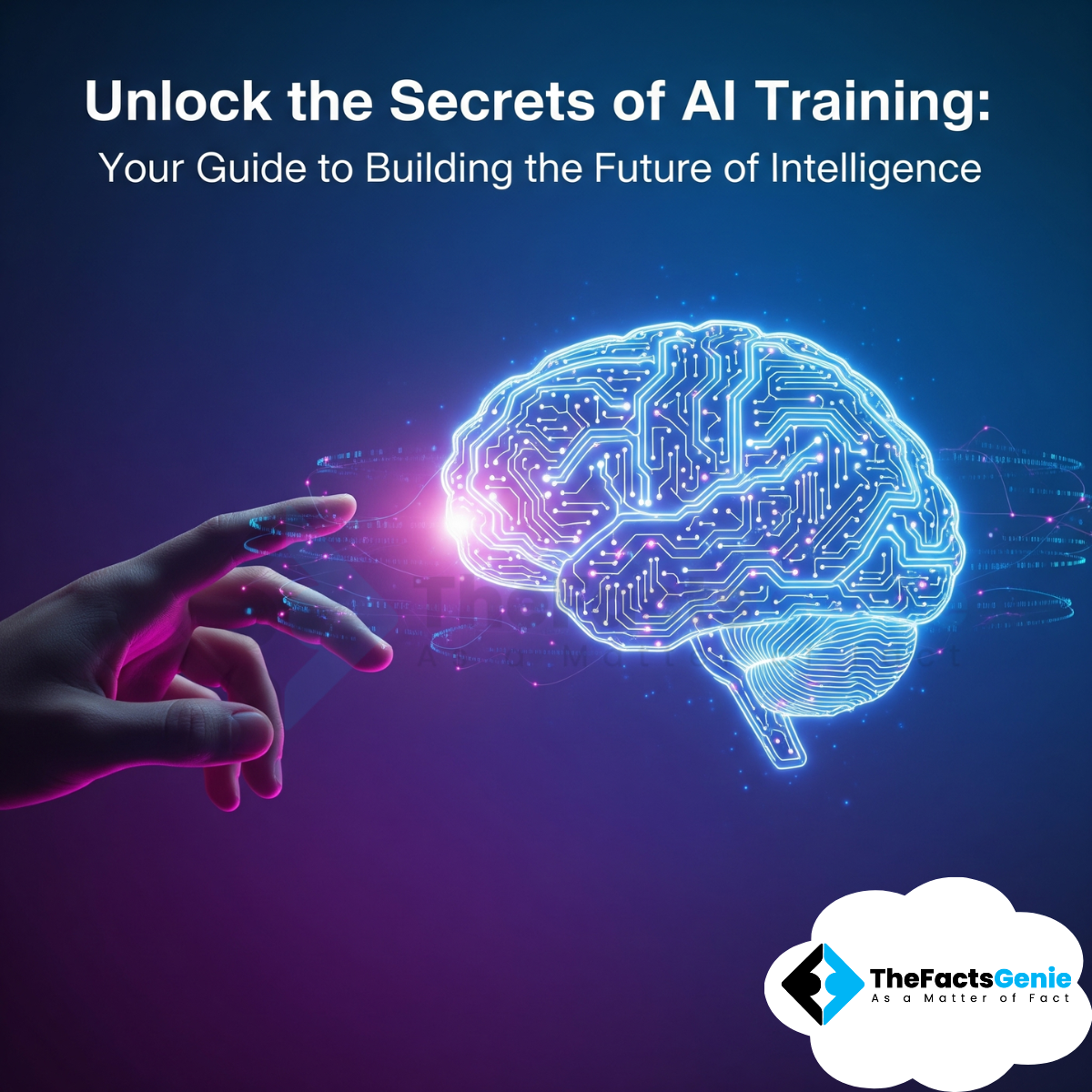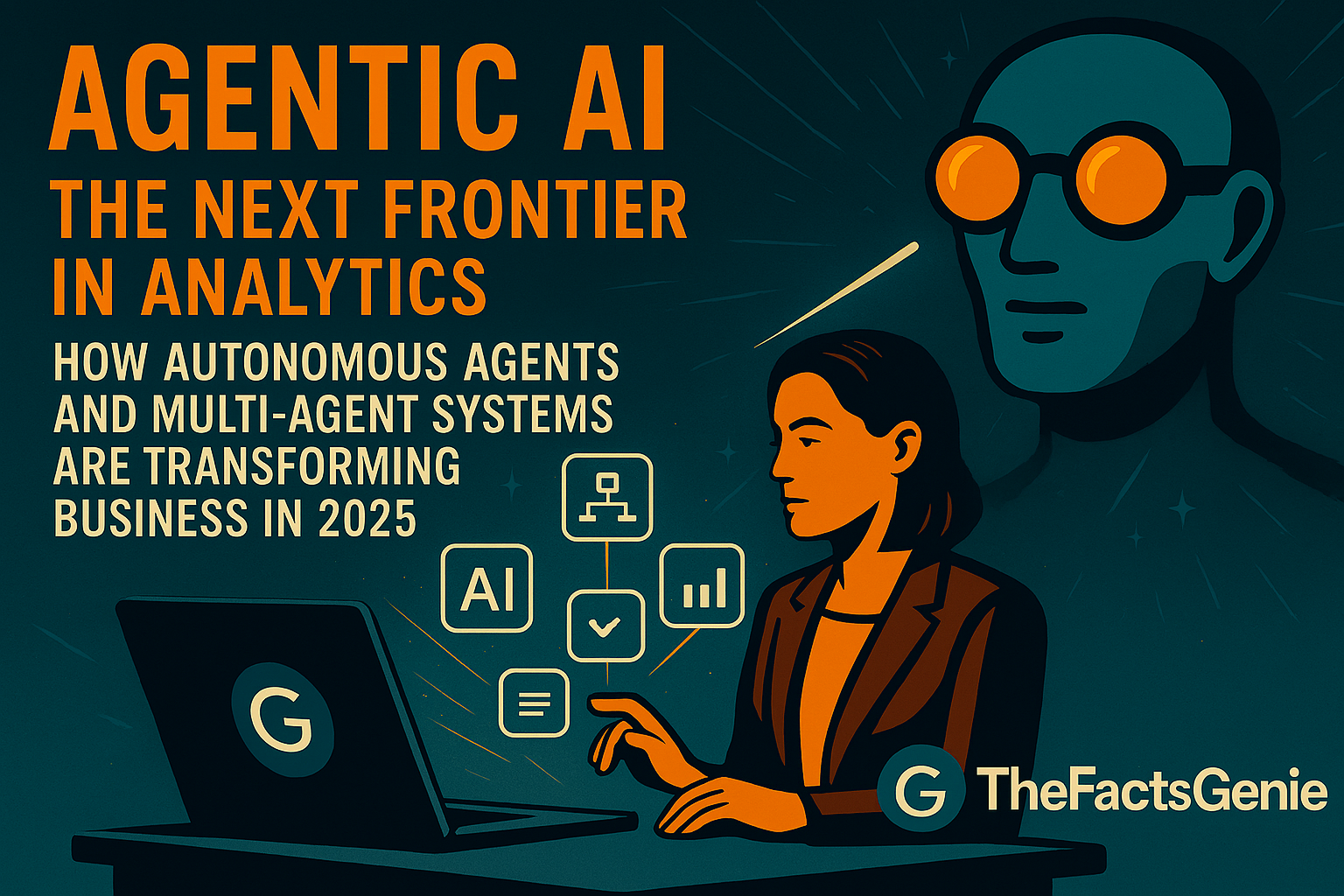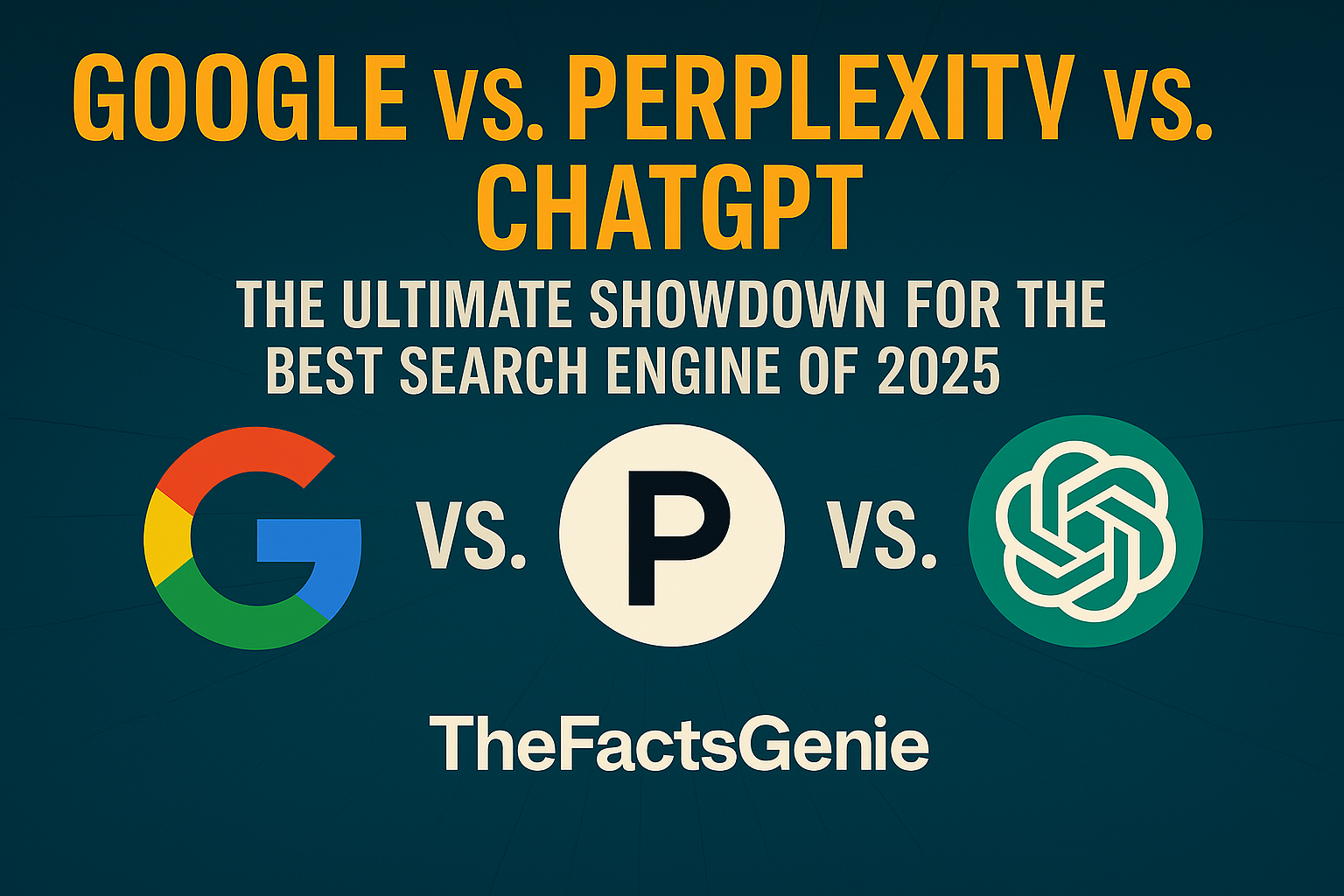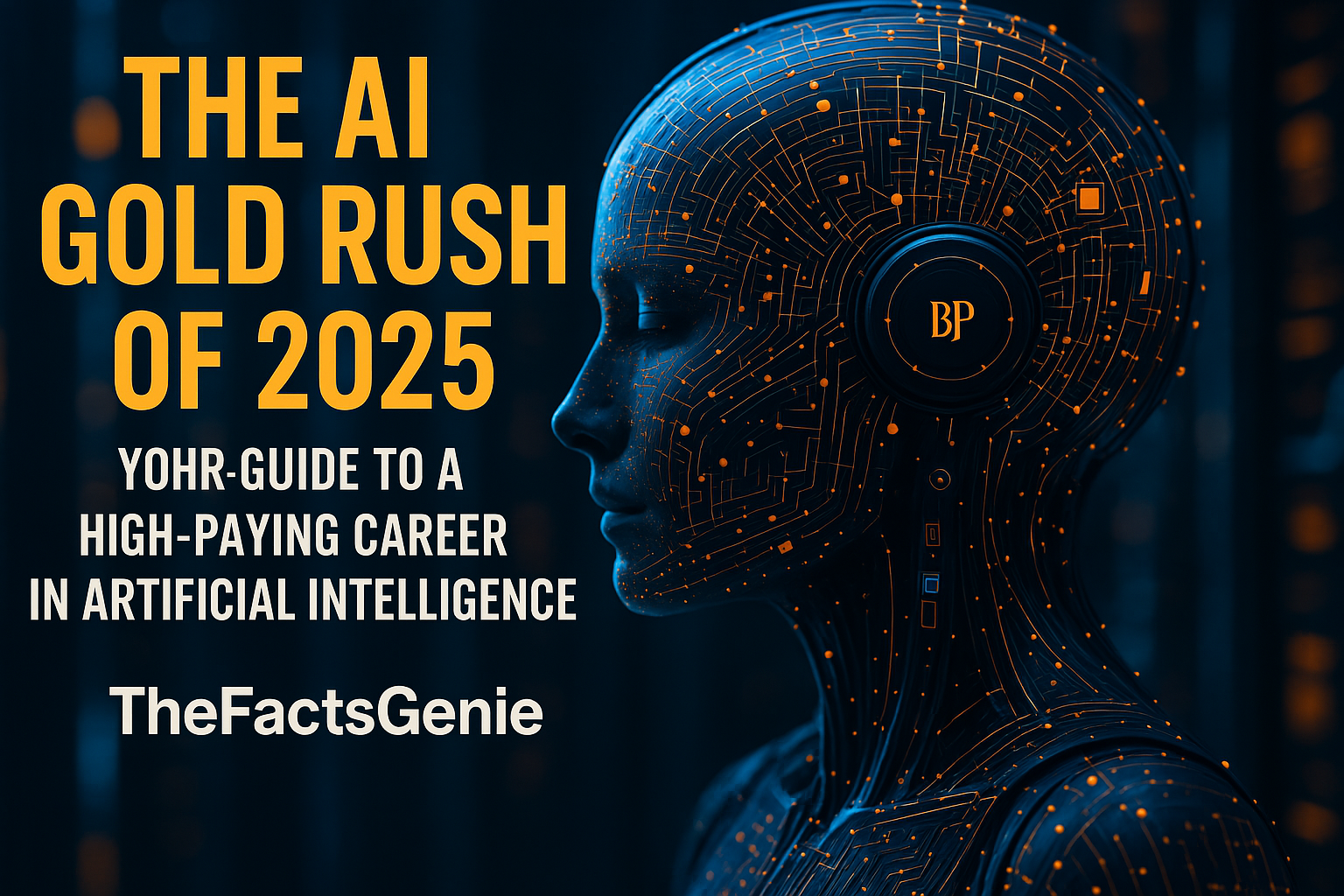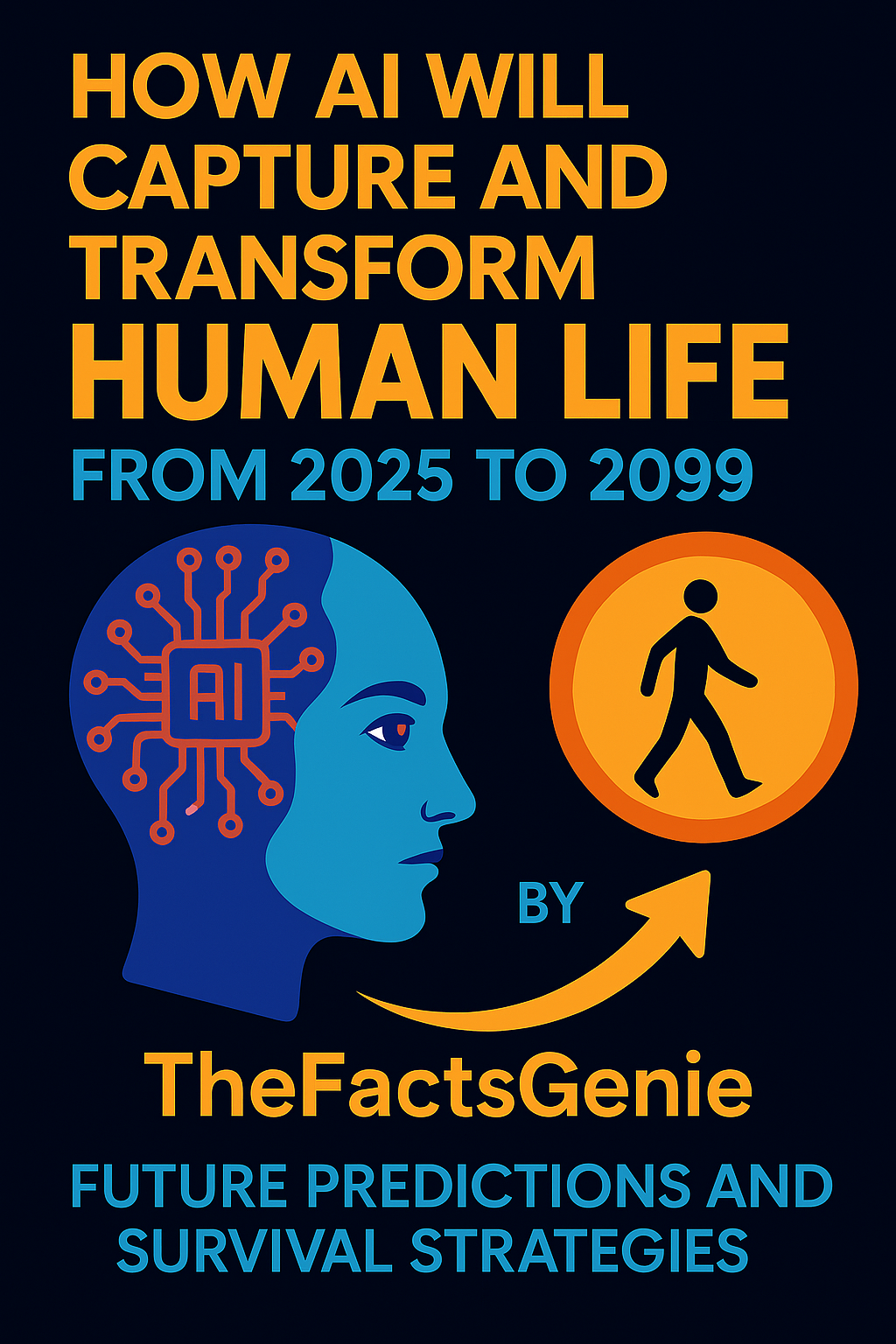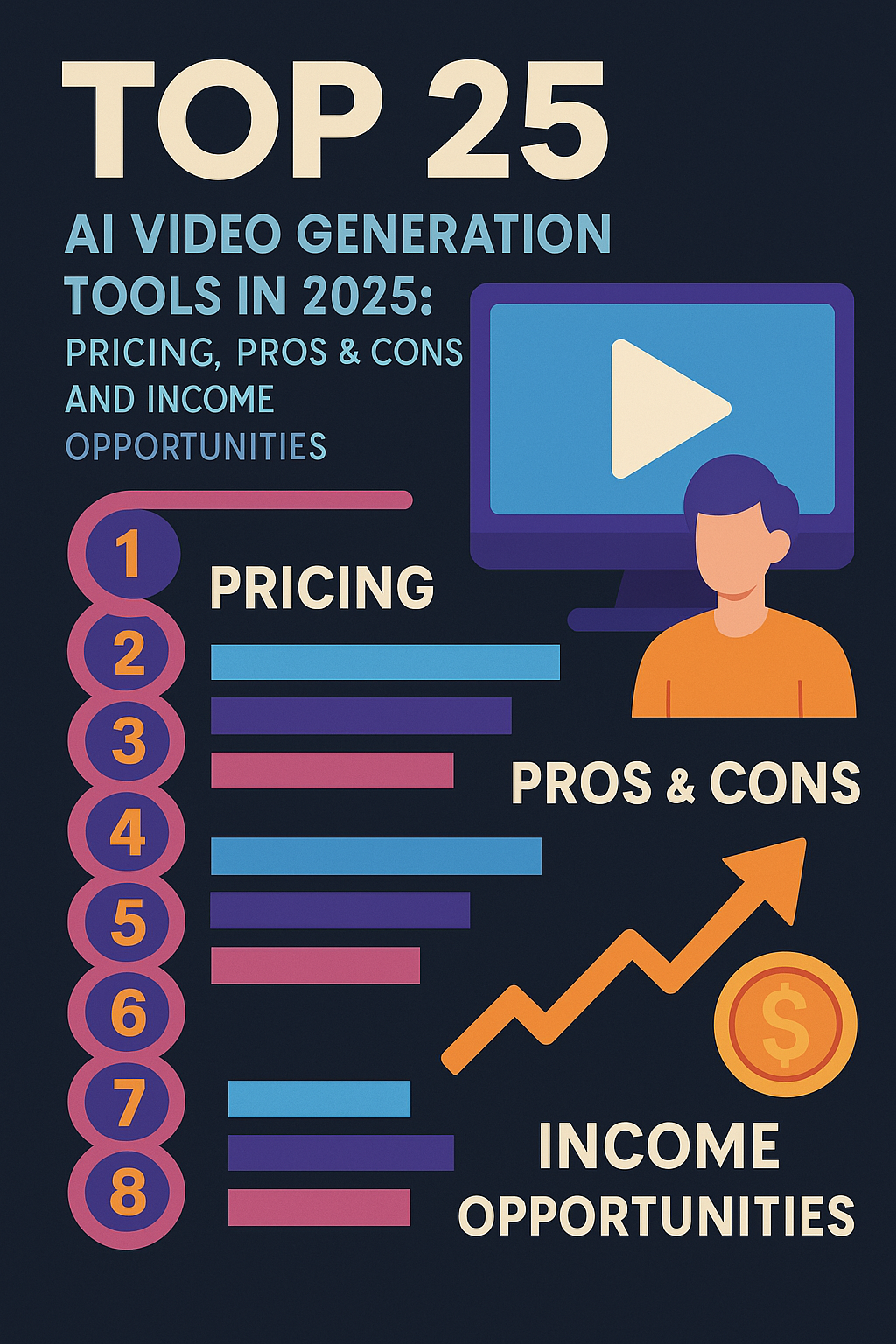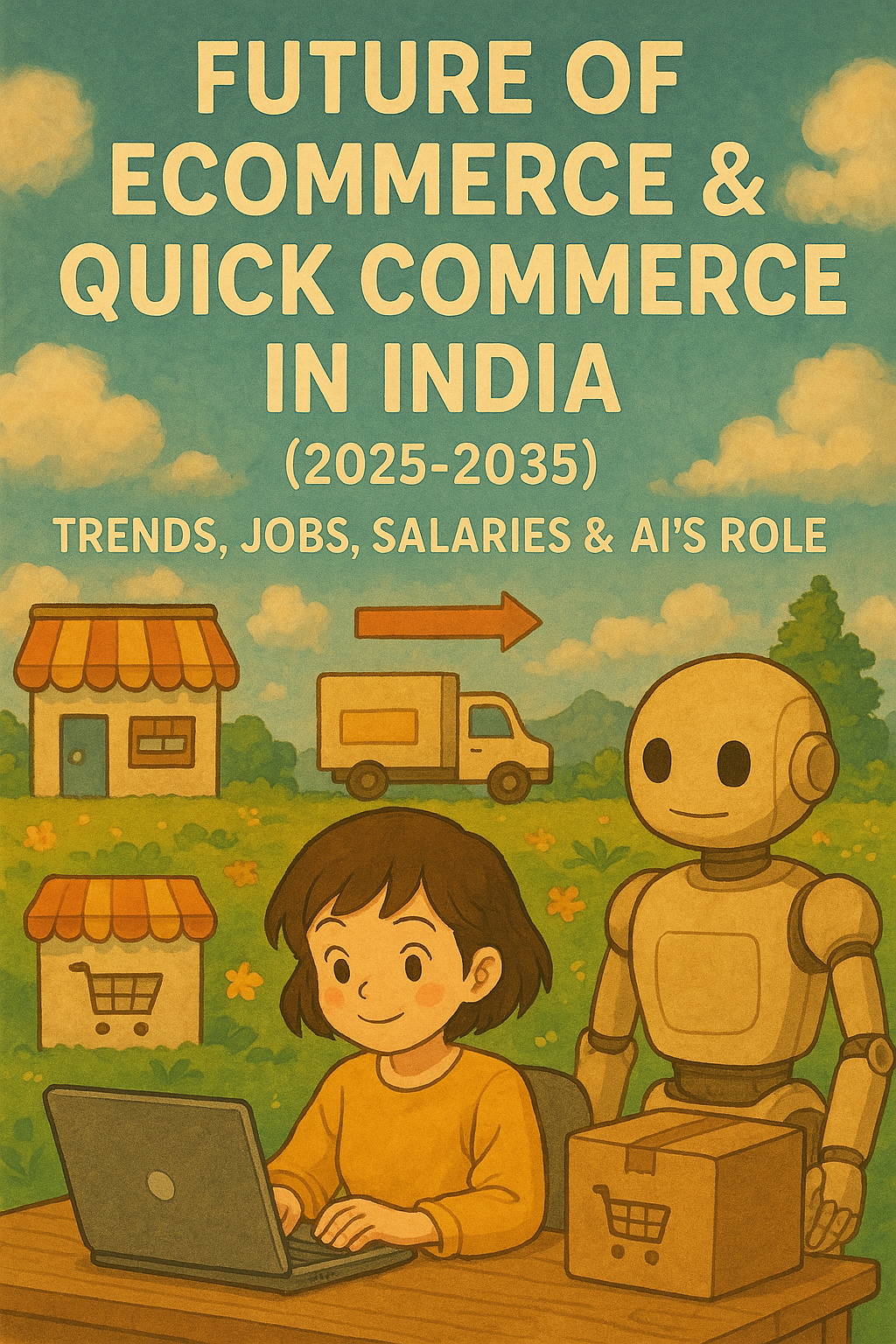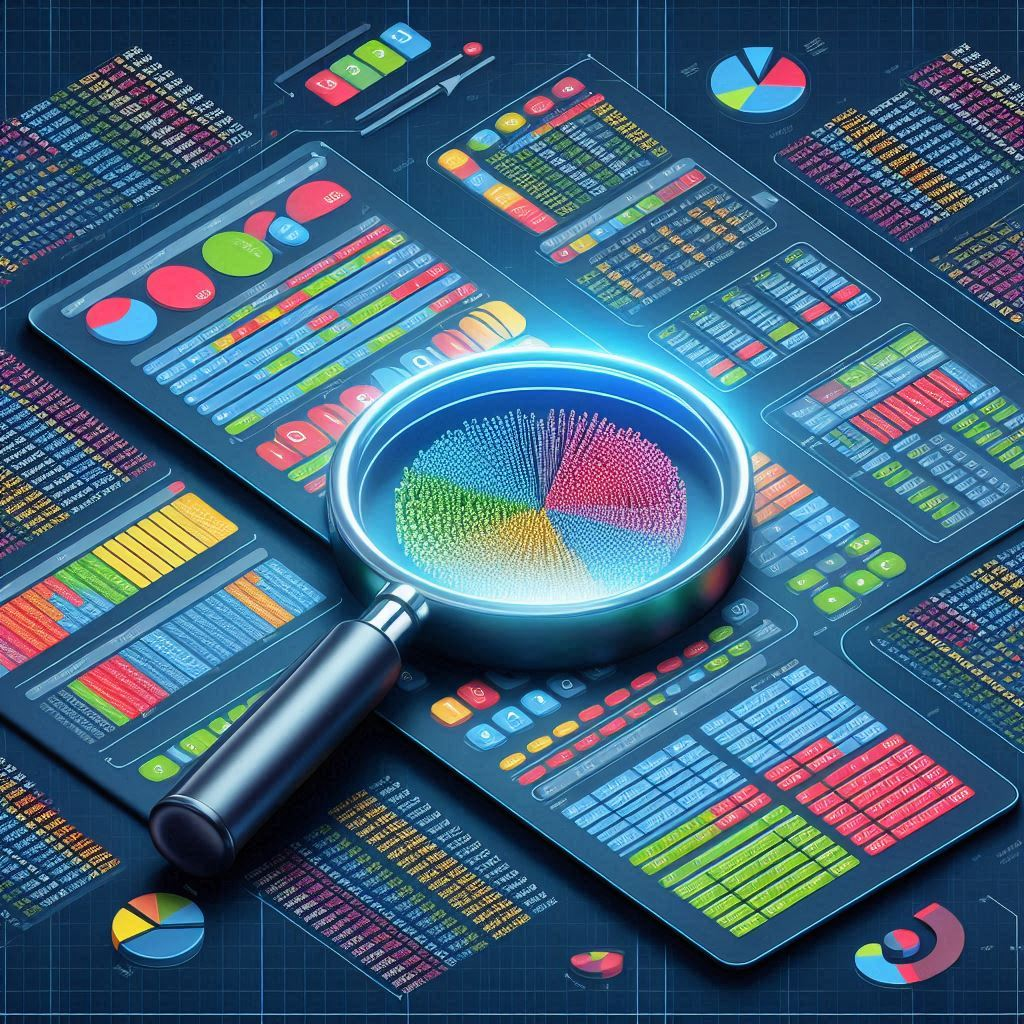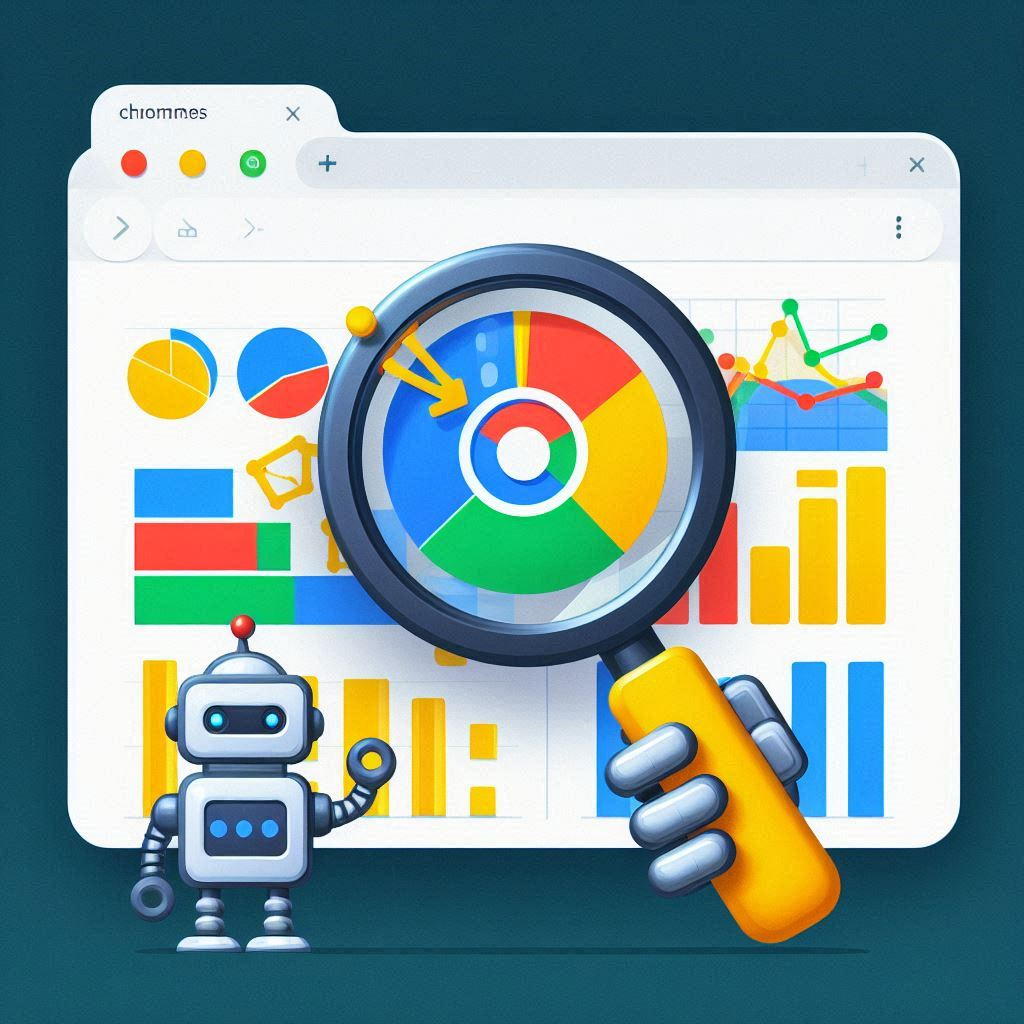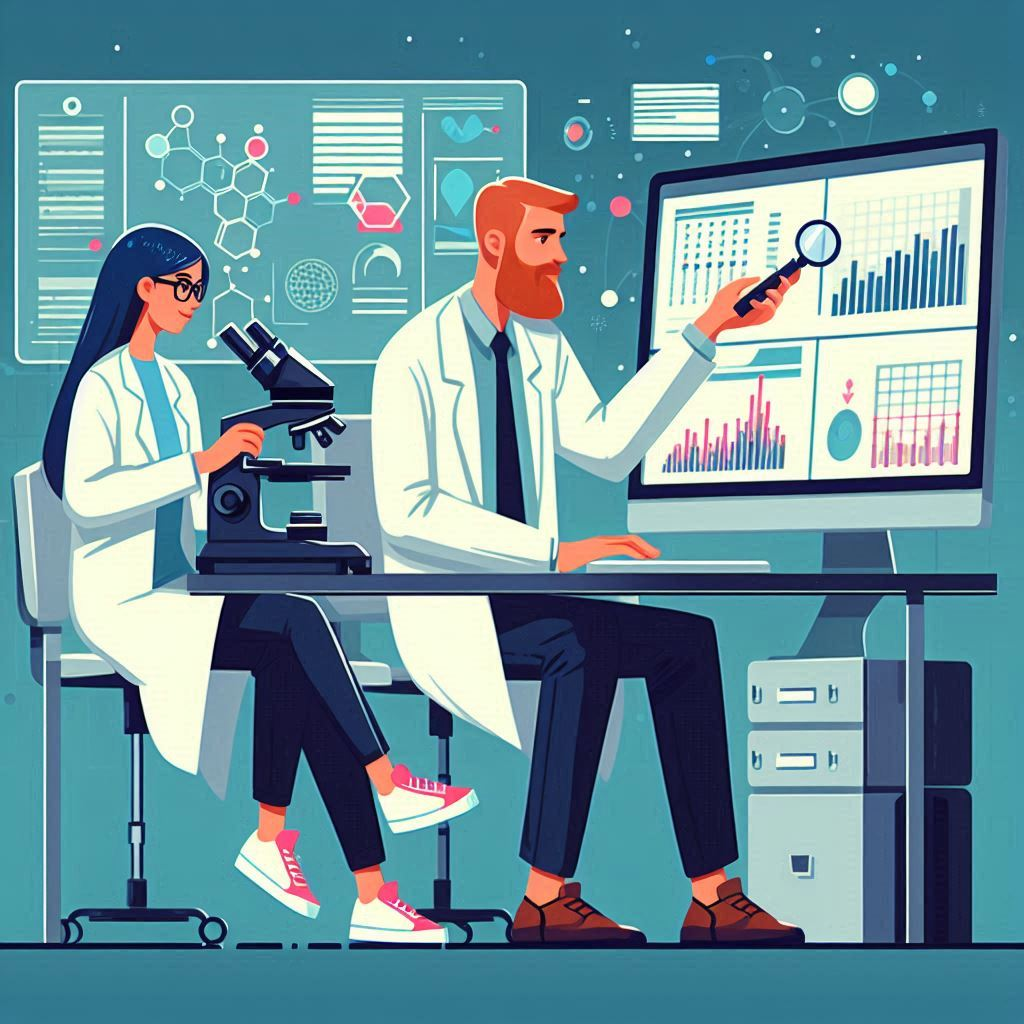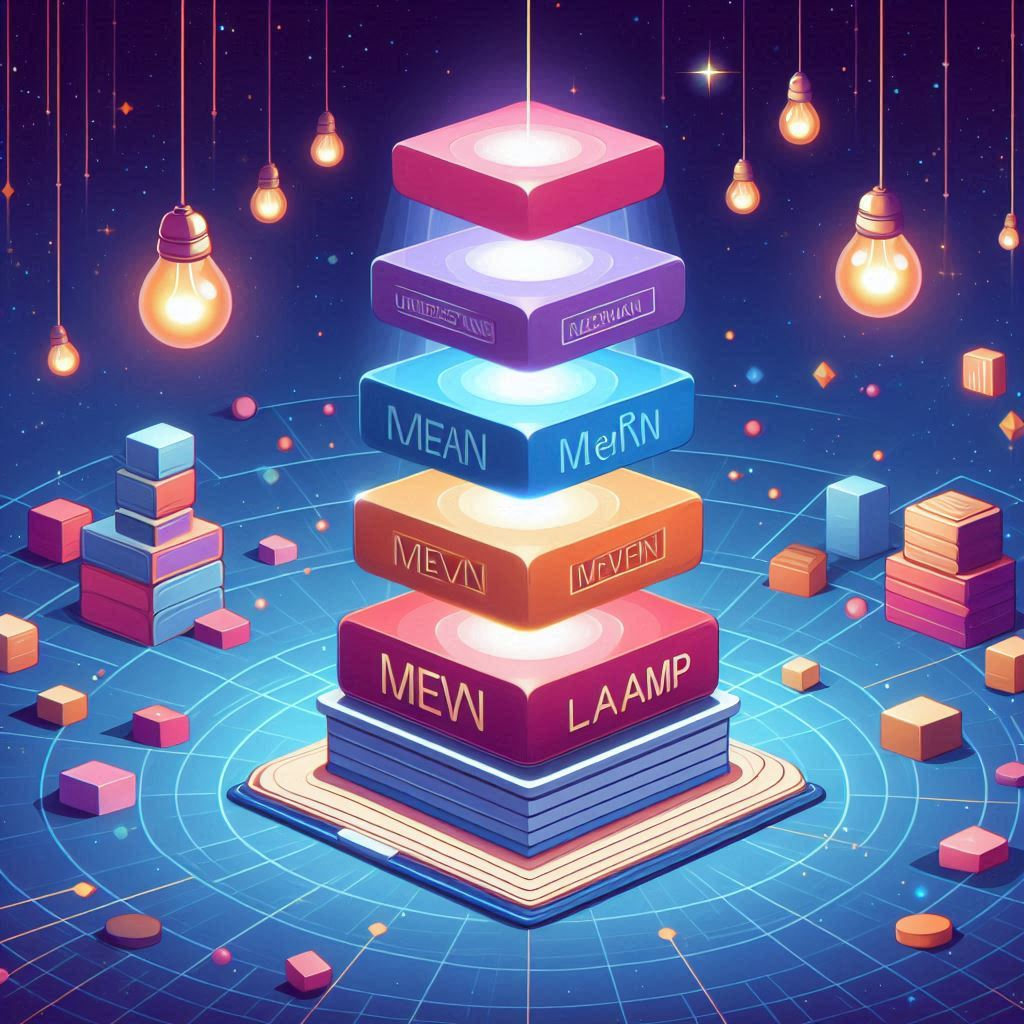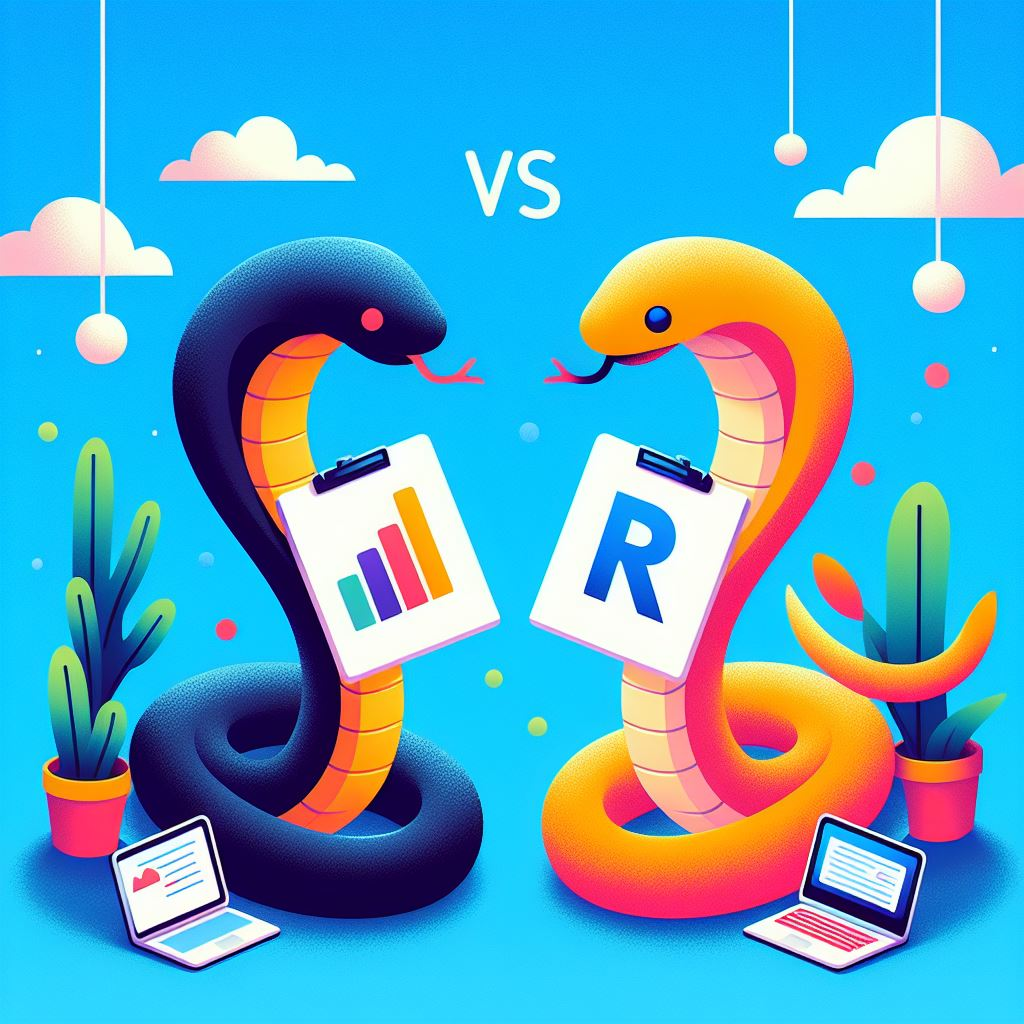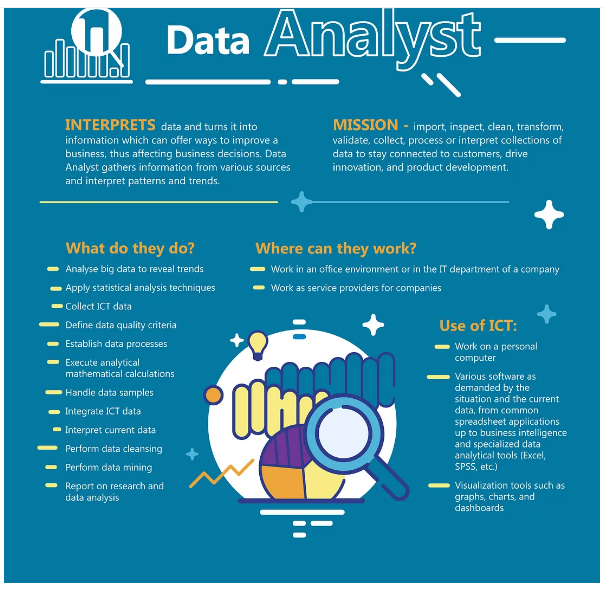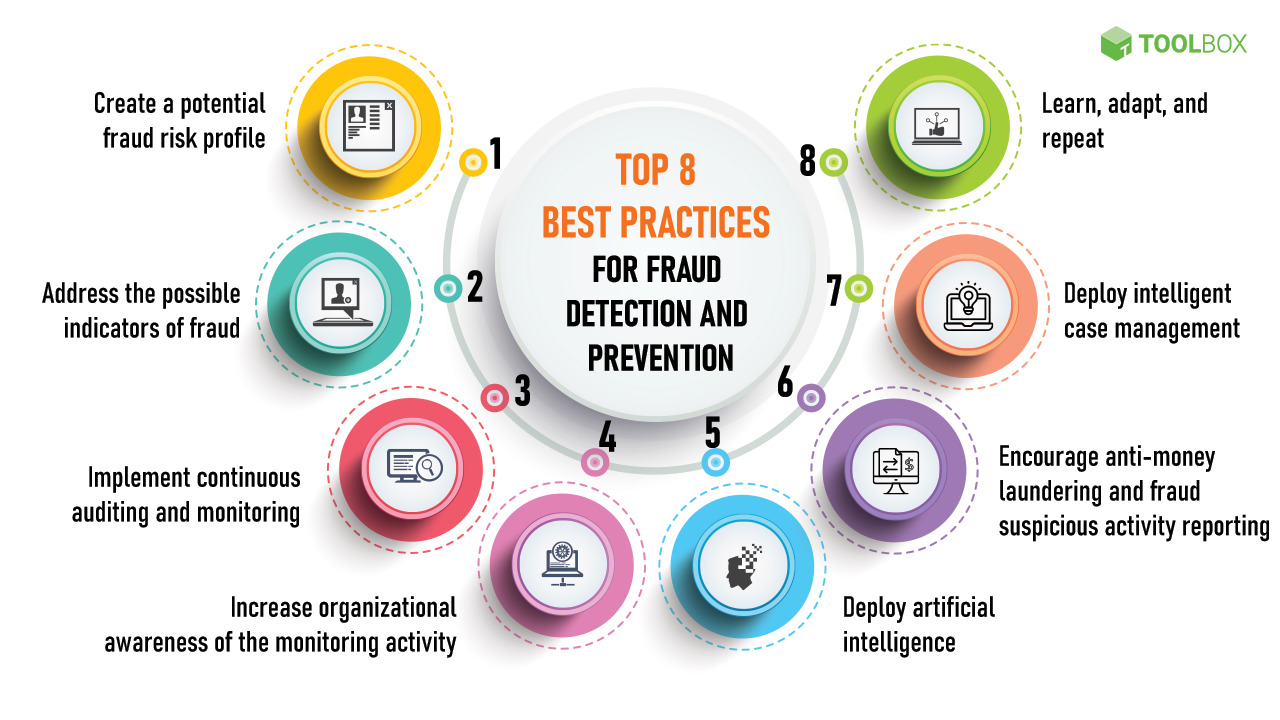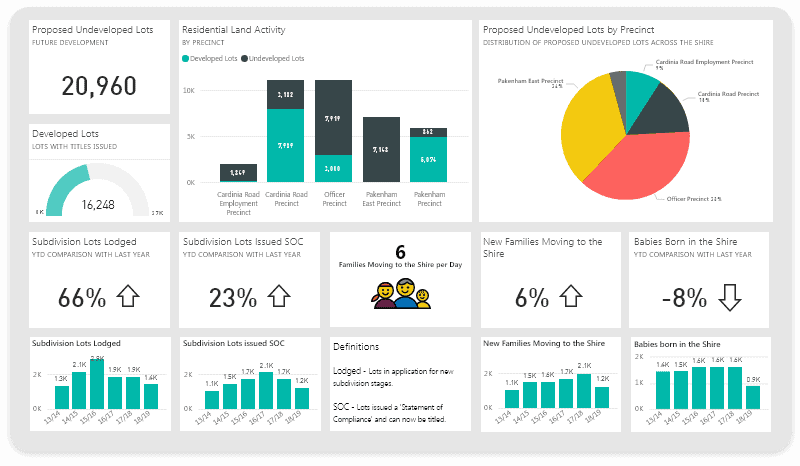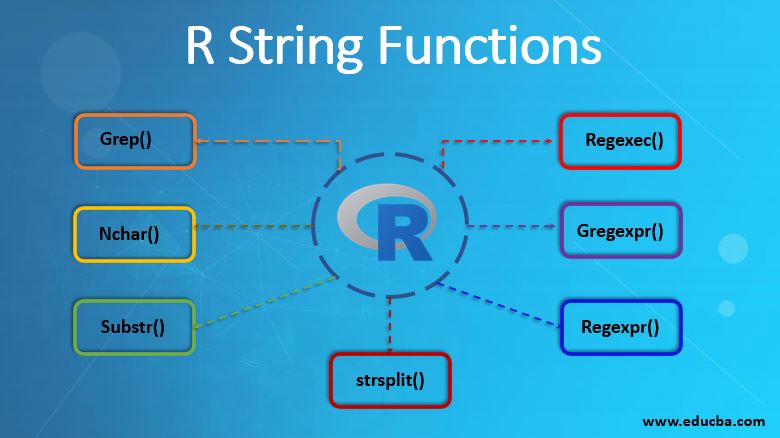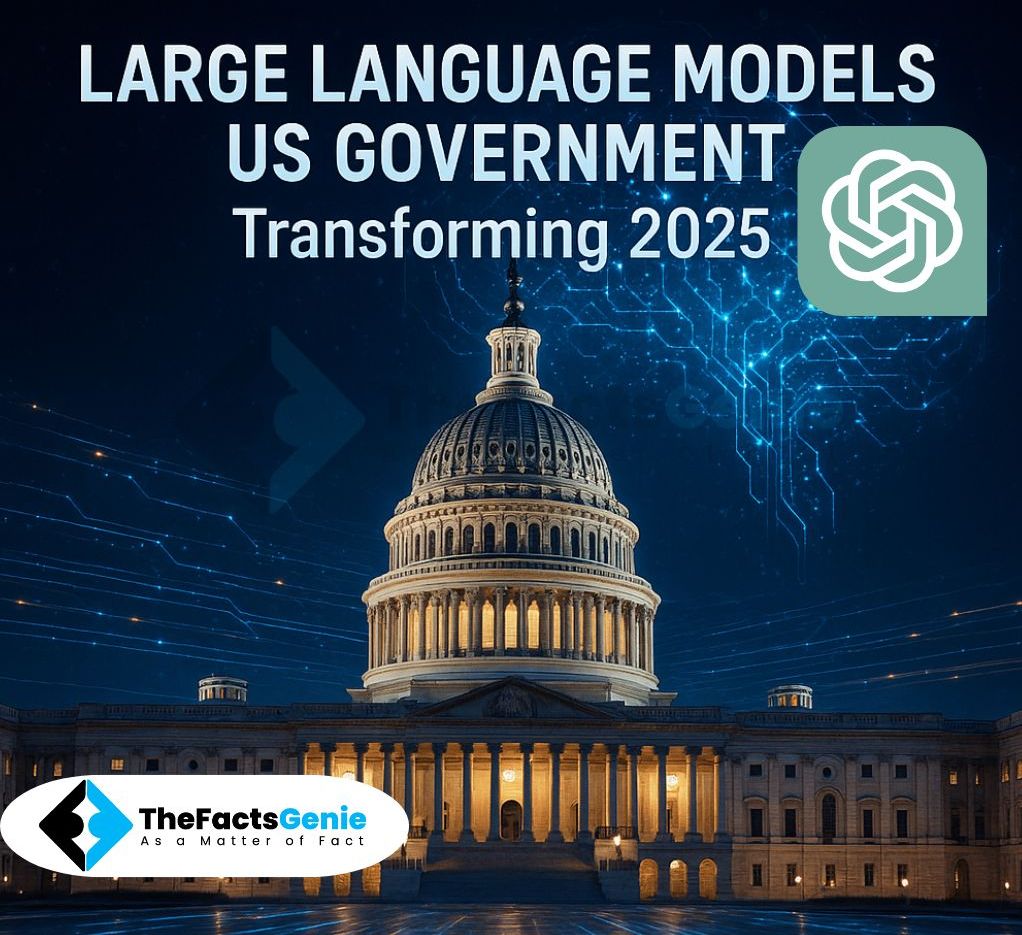
In 2025, Large Language Models US Government initiatives are no longer experimental — they are actively streamlining policy creation, enhancing public services, and improving decision-making efficiency across federal and state agencies
Unlocking the Future: The Integration of Large Language Models in US Government Operations
The year 2025 marks a pivotal moment in the intersection of technology and public service. While many have speculated about the role of advanced Artificial Intelligence (AI) in government, the reality is now taking shape in the form of strategic partnerships and bold initiatives. The recent collaboration between OpenAI and the U.S. General Services Administration (GSA), making ChatGPT Enterprise available to federal agencies for a nominal fee, has brought this conversation from the theoretical realm into a tangible reality. This isn’t a simple chatbot integration; it’s a foundational shift with profound implications for efficiency, security, ethics, and career development. In this comprehensive guide, we’ll delve deep into every facet of this technological revolution, from its core concepts to its long-term career prospects.
Meaning and Description: A New Era of Public Service
The integration of Large Language Models (LLMs) like OpenAI’s ChatGPT and Anthropic’s Claude into U.S. government operations signifies a move toward a digitally empowered public sector. At its core, this means government employees are now equipped with AI assistants that can perform a wide range of tasks, including summarizing vast legal documents, drafting internal communications, analyzing complex policy briefs, and automating data entry. This is not about replacing human workers, but about augmenting their capabilities, freeing them from mundane, repetitive tasks to focus on strategic thinking, critical analysis, and direct public engagement.
This digital transformation is happening at an unprecedented pace, driven by a need for increased efficiency and a desire to provide better services to citizens. It’s a proactive response to the complexities of the modern world, where the volume of data and the speed of information require more sophisticated tools.
1. Comprehensive Analysis of LLM Integration in U.S. Government
1. Meaning
The integration of Large Language Models (LLMs) in U.S. government operations refers to the deliberate adoption and deployment of advanced generative AI technologies, such as ChatGPT Enterprise and Anthropic’s Claude, to enhance public sector functions. This involves using these models to automate routine tasks, analyze vast datasets, improve communication, and assist in decision-making processes, all while adhering to strict security and ethical guidelines.
2. Description
In 2025, the U.S. government, driven by the need for increased efficiency and innovation, is actively exploring and implementing LLMs. The partnership between OpenAI and the GSA, for example, allows federal agencies to pilot and utilize powerful AI tools for tasks like document summarization, drafting internal memos, and data analysis. This shift represents a move from traditional bureaucratic processes to a more data-driven and AI-assisted operational model.
3. Importance
The importance lies in the potential for a significant transformation of public services. By leveraging LLMs, government agencies can save valuable time and resources, allowing public servants to focus on more complex, strategic work. It also has the potential to improve citizen services by providing faster, more accurate, and more accessible information.
4. Benefits
- Enhanced Productivity: Automates repetitive tasks, freeing up employee time.
- Improved Decision-Making: Provides rapid analysis of complex data to inform policy.
- Cost Efficiency: Reduces operational costs through process optimization.
- Accessibility: Creates more accessible public services and information for citizens.
- Innovation: Fosters a culture of technological innovation within the public sector.
5. Advantages
- Scalability: LLMs can be deployed across numerous agencies and departments.
- Data-Driven Insights: Uncovers trends and patterns from large government datasets that would be difficult for humans to analyze manually.
- Knowledge Management: Centralizes and organizes vast amounts of institutional knowledge for easy access.
- Rapid Prototyping: Allows agencies to quickly develop and test new AI-powered applications.
6. Dis-Advantages
- Security Risks: Potential for data leakage, model inversion attacks, and unauthorized access to sensitive information.
- Bias and Fairness: The models may inherit and amplify biases from their training data, leading to unfair or inequitable outcomes in government services.
- Accountability: It can be challenging to determine who is accountable when an AI system makes an error or a biased decision.
- Hallucinations: LLMs can generate plausible but factually incorrect information, which is a major concern for government use where accuracy is paramount.
7. Pros & Cons
Pros:
- Increased operational speed and efficiency.
- Better allocation of human talent to strategic roles.
- Potential for significant cost savings.
- Improved citizen engagement and service delivery.
Cons:
- Significant cybersecurity and privacy risks.
- Ethical challenges related to bias, transparency, and accountability.
- The need for massive training and upskilling of the government workforce.
- The risk of over-reliance on AI, potentially leading to a loss of human expertise.
8. Why to Study
Studying this field is crucial because it sits at the intersection of technology, policy, and public service. It offers the opportunity to be at the forefront of a major technological revolution, helping to shape how AI is used for the public good. It’s about building a career that has a direct, positive impact on society.
9. How to Study
A strong foundation in computer science, data science, and machine learning is essential. Beyond technical skills, it is critical to study ethics, public policy, and risk management frameworks like the NIST AI Risk Management Framework. Online courses, professional certifications, and postgraduate programs are excellent ways to gain specialized knowledge.
10. Who can study
This field is suitable for a wide range of individuals, including:
- Computer Science and Data Science students.
- Professionals in public administration and policy seeking to modernize their skills.
- Cybersecurity experts looking to specialize in AI-specific threats.
- Ethicists and sociologists interested in the societal impact of technology.
11. Eligibility
A Bachelor’s degree in a STEM field (Science, Technology, Engineering, or Mathematics) is typically the minimum requirement. For more advanced roles, a Master’s degree in Data Science, Computer Science, or a related field is highly beneficial. Experience with programming languages like Python and expertise in machine learning frameworks are also crucial.
12. How a Fresher can achieve career in this
A fresher can enter this field by:
- Building a strong portfolio of projects focusing on real-world data and ethical considerations.
- Completing relevant certifications to demonstrate expertise.
- Applying for entry-level roles like Junior Data Analyst or AI Project Coordinator in government contractors or tech companies that work with the public sector.
- Networking with professionals in the field through platforms like LinkedIn.
13. What Certifications needed
Certifications from major tech companies and universities are highly valued. Some of the most sought-after include:
- IBM Machine Learning Professional Certificate: Focuses on practical ML skills.
- Google Cloud Professional Machine Learning Engineer Certification: Validates skills in building and deploying ML solutions on Google Cloud.
- AWS Certified Machine Learning – Specialty: Proves expertise in building, training, and deploying ML models on the AWS platform.
- Andrew Ng’s Machine Learning Specialization: A foundational course from a leading figure in AI.
14. How one can get certified with respective Hyperlinks
You can get certified by following these steps:
- Choose a Certification: Select a certification that aligns with your career goals (e.g., from the list above).
- Enroll in a Course: Many certifications are tied to online courses on platforms like Coursera and edX.
- Study and Practice: Dedicate time to understanding the concepts and completing hands-on projects.
- Take the Exam: Register and pass the required exam to earn your certificate.
Hyperlinks for Certifications:
- IBM Machine Learning Professional Certificate on Coursera
- Google Cloud Professional Machine Learning Engineer
- AWS Certified Machine Learning – Specialty
- Andrew Ng’s Machine Learning Specialization on Coursera
15. Scope
The scope is immense. LLM integration is not a passing trend but a fundamental shift. The demand for skilled professionals who can navigate both the technical and ethical complexities of AI is growing rapidly across federal, state, and local governments, as well as in the private sector companies that support them.
16. Future of this
The future is bright and dynamic. We can expect to see more specialized LLMs trained on government-specific data, greater focus on AI ethics and explainability, and the development of new roles dedicated to AI governance and security. The use of AI will likely expand from administrative tasks to more mission-critical applications.
17. Salary structure in India as per experience
Salaries for Data Scientists and ML Engineers in India are highly competitive.
- Fresher (0-2 years): ₹5,00,000 to ₹8,00,000 per annum.
- Mid-Level (3-5 years): ₹8,00,000 to ₹15,00,000 per annum.
- Senior-Level (6+ years): ₹16,00,000 to ₹30,00,000+ per annum.
18. Salary structure in Abroad as per experience
Salaries for AI Engineers and Data Scientists in the United States are among the highest in the tech industry.
- Entry-Level (0-2 years): $90,000 to $120,000 per annum.
- Mid-Level (3-5 years): $120,000 to $155,000 per annum.
- Senior-Level (6+ years): $155,000 to $200,000+ per annum.
19. Final Decision/Verdict
The integration of LLMs in U.S. government is an inevitable and potentially transformative development. While it presents significant challenges, particularly in security and ethics, the potential benefits in efficiency and service delivery are too great to ignore. A cautious, risk-managed approach guided by frameworks like the NIST AI RMF is the only way forward.
20. SWOT Analysis
- Strengths: Increased efficiency, data-driven insights, and potential for cost savings.
- Weakness: High security and privacy risks, potential for algorithmic bias, and high initial implementation costs.
- Opportunities: Creation of new high-tech jobs, improved citizen services, and global leadership in AI governance.
- Threats: Cybersecurity breaches, public distrust due to misuse of AI, and the potential for job displacement in certain roles.
21. Advice
Focus on building a hybrid skill set. Don’t just be a programmer or a data analyst; become a technologist who understands the policy implications, ethical frameworks, and security requirements of your work. Always prioritize ethical considerations and transparency in your projects.
22. Why this is very craze
The “craze” stems from the incredible potential for both immediate and long-term impact. The idea of using cutting-edge technology to solve complex governmental problems, from optimizing supply chains to fighting fraud, is highly attractive and presents a unique blend of technical challenge and societal purpose.
23. Any Health Obligations
While there are no specific health obligations, a career in this field often involves significant screen time, long hours, and high cognitive load. Professionals should prioritize ergonomic workspaces, take regular breaks, practice digital wellness, and manage stress to avoid burnout.
24. Where can I see myself after five years in this Carrer
After five years, you could be in a senior role such as an AI Architect for Public Service, an AI Policy Advisor for a federal agency, or a Principal Machine Learning Engineer at a government contractor. You would be responsible for leading teams, designing secure AI systems, and influencing the strategic direction of AI adoption.
25. How can I prepare to become for this
- Formal Education: Pursue a Master’s degree in a relevant field.
- Skill Development: Master Python, R, and frameworks like TensorFlow or PyTorch.
- Soft Skills: Develop strong communication, leadership, and ethical reasoning skills.
- Project Work: Build a portfolio of projects that demonstrate your ability to handle sensitive data and ethical challenges.
26. Suggestions
Start small. Focus on one area of government (e.g., healthcare, defense, or finance) and a specific type of AI (e.g., NLP for document processing). Become an expert in that niche before broadening your scope. Actively engage in AI ethics discussions and volunteer for open-source projects that promote responsible AI.
27. Any other Opinions
Many experts believe that the success of government AI integration will depend less on the technology itself and more on the cultural shift within agencies. The biggest challenge is not the code, but the people and processes that must adapt to this new era.
28. If I am fit and qualified how to apply for this job, share respective email id
Job applications are not handled through a single email ID. To apply for a job, you should look for openings on official government job portals like USAJOBS.gov and the career pages of government contracting companies. You would then follow the specific application instructions for each role.
29. Companies that will Offer for the Qualified and Achieved Certifications in India and Abroad
In India:
- Tata Consultancy Services (TCS)
- Infosys
- Wipro
- HCLTech
- Persistent Systems
Abroad (U.S. Government Contractors):
- Booz Allen Hamilton
- Leidos
- Lockheed Martin
- Raytheon Technologies
- Accenture Federal Services
- Slalom
- Boston Consulting Group
30. Parameters Comparison
Keywords
Large Language Models in Government, US Government AI 2025, AI Policy Automation, Government Digital Transformation, Public Sector AI, AI Governance, AI in Citizen Services, AI Operations in Government, ChatGPT US Government, ChatGPT $1 US
Tags
US Government AI,Large Language Models,LLM,AI in Government,Government Digital Transformation,AI Trends 2025,Generative AI,Public Sector AI,AI Policy,Machine Learning,AI Governance,Automation,AI in Operations,Government Technology,AI Ethics
Hashtags
#AI, #ArtificialIntelligence, #LLMs, #PublicSector, #GovernmentTechnology, #GovTech, #DigitalTransformation, #CareerDevelopment, #FutureOfWork, #MachineLearning, #DataScience, #Cybersecurity, #NIST, #EthicalAI, #OpenAI, #ChatGPT, #Innovation, #TechInGovernment, #Policy, #AIinGov, #USAJobs, #PublicService, #AIStrategy, #BigData, #CloudComputing, #TechJobs, #2025Trends, #CareerGrowth, #EmergingTech, #TechPolicy
#TheFactsGenie,#AI,#ArtificialIntelligence,#MachineLearning,#LLM,#USGovernment,#AIinGovernment,#DigitalTransformation,#GovTech,#FutureofWork,#Automation,#PublicPolicy,#AIRegulation,#AIethics,#Technology,#Innovation,#DataScience,#GenerativeAI,#AITools,#Leadership,#DecisionMaking,#AItrends,#AIfuture,#BusinessAnalytics,#TechForGood,#AIimplementation,#PublicSector,#TechInnovation,#AIandGovernance
Disclaimer & Caution Notice
The information presented in this article, “Unlocking the Future: The Integration of Large Language Models in US Government Operations in 2025,” is intended solely for educational and illustrative purposes, reflecting analytics, AI, and technology trends available up to July 2025. The insights regarding Large Language Models (LLMs) and their integration into U.S. government operations are based on industry observations, publicly available reports, and expert commentary, and not on any proprietary or official product.
Important Points to Consider
-
Educational and Illustrative Only:
The content provided here demonstrates conceptual frameworks, emerging trends, and potential applications of LLMs in the U.S. government. It should not be interpreted as specific advice, product endorsement, or investment guidance. -
Subject to Rapid Change:
The field of artificial intelligence, especially LLM integration in public sector operations, is rapidly evolving. Features, best practices, risks, and market relevance may change significantly after the date of publication. Always evaluate the recency and applicability of any information before acting. -
Generalizations and Estimates:
Any benefits, productivity gains, or technological capabilities described are generalized examples — actual outcomes vary depending on the department, policy scope, deployment scale, data quality, and human oversight. -
Not Endorsed or Guaranteed:
The author, publisher, and any associates/team at www.TheFactsGenie.com do not guarantee specific results and disclaim all responsibility for decisions or consequences arising from the use of information provided herein. -
No Technology is Infallible:
While LLMs offer significant potential in streamlining operations, they remain subject to limitations, errors, and operational risks. All implementations should involve thorough review, validation, and human oversight, especially for critical or compliance-driven functions. -
Security and Privacy:
Deploying LLMs within government systems may introduce unforeseen vulnerabilities or privacy risks. Careful assessment for compliance, data protection, and responsible AI use is essential. -
Not Legal or Professional Advice:
Nothing in this article should be construed as legal, financial, technical, or professional advice. For specific matters related to compliance, data privacy, or procurement, consult a qualified professional. -
User Responsibility:
Readers are encouraged to conduct independent research and exercise due diligence before implementing or relying on LLM strategies described here. Adoption should be evaluated for organizational compatibility, ethics, and operational needs. -
Context and Credibility:
Interpret all recommendations in light of the publication date, the author’s perspective, and the technological environment at the time of writing.
By reading and applying the contents of this article, you acknowledge and agree that you bear sole responsibility for any outcomes associated with your use of LLMs or related technologies in government operations.





